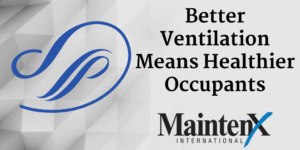
Whenever a facility has an equipment malfunction, they are faced with a difficult decision: Should they repair or replace the asset? Each option comes with attendant pros and cons, and facility managers and owners should consider carefully before deciding. Below we’ll examine the most important factors to consider before you choose.
Cost Analysis
Think in the long-term. For a newer asset, think through the cost of purchasing the equipment, its service life, warranty information, salvage value, and operating cost.
For an older asset, think of its remaining service life, operating costs, and market value. With this information in hand, you can make a more informed decision.
Efficiency
Ask yourself these questions when considering efficiency:
How efficient is your asset now?
Will a quick repair keep efficiency at current industry levels?
Would a new asset be better for your long-term bottom line?
Know your Industry’s Facility Needs
Maintenance programs need to be wide-ranging and facility-specific.
This should include all serviceable components:
- HVAC
- Electrical
- Plumbing
- Roof and Siding
- Painting (interior and exterior)
- Drywall
- Landscaping
- Interior Cleaning
- Flooring
- Hardware
- Any other service specific to your facility
Generally, if an asset requires a lot of maintenance, the repair costs might actually exceed the cost of replacing it. Buying a new asset may seem more expensive at first, but it could actually be the least expensive option, long-term.
Got questions about your facility assets? Give the experts as MaintenX a call today!










